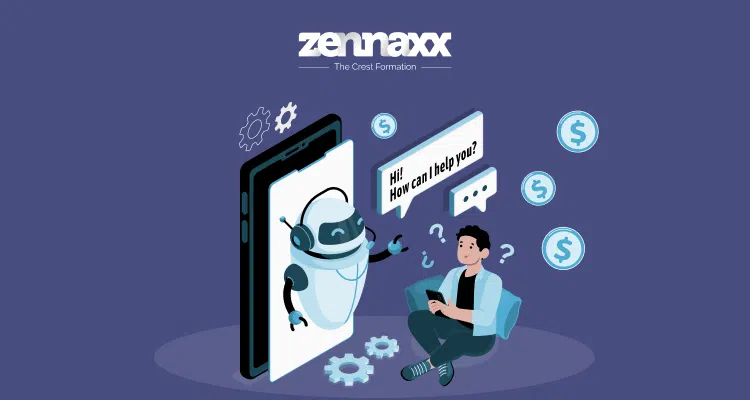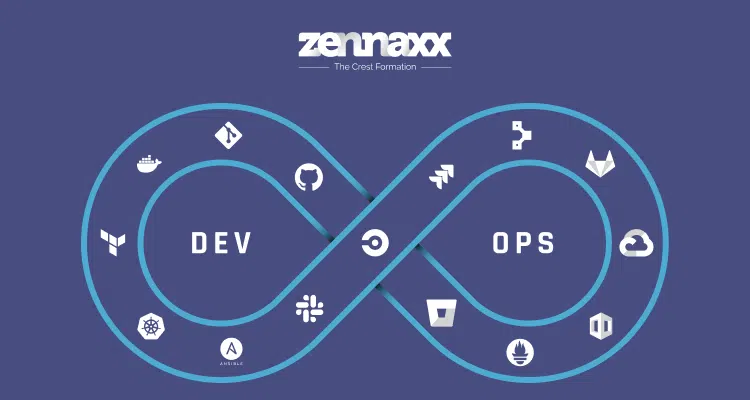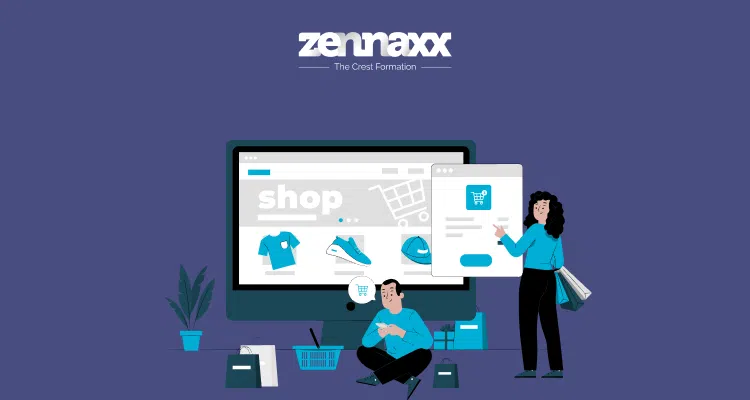Summary:
To ensure successful software development projects in 2024, follow key best practices like DRY, testing automation, version control, and security measures. These practices eliminate repetitive tasks, identify bugs early, and improve quality. By adhering to these practices, you can save money and ensure project success
Advent of new innovations like generative AI has only strengthened the need for robust software development. However, such integrations and demands of advanced functionalities in the market is making the software development a complex process.
So, why and how to ace software development?
Addressing the why first!
A Gartner report indicates that enterprise software development spending will increase to $1,029,421 million by 2024 growing at 12.7%. So, if you want to save money on your software development projects, you need to strategize it.
Now to the second question- HOW?
This article will answer how to ace your software development with the best practices you can implement for your projects.
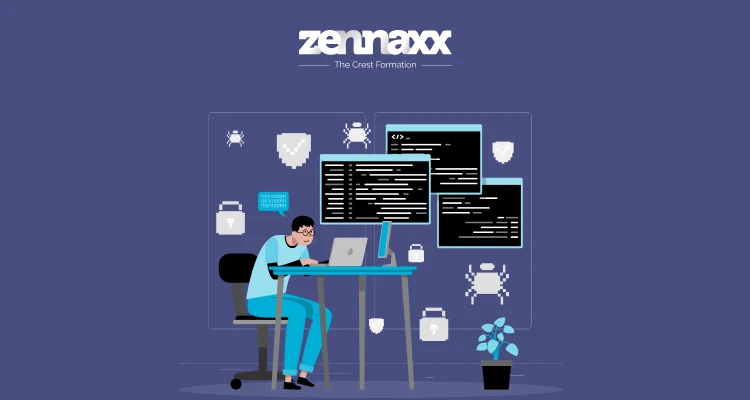
1. DRY principle
Don’t Repeat Yourself or DRY is a software development best practice that eliminates the need to apply logic to each change in the system. It aims to reduce repetitive tasks and the need to make changes at every place where logic is applied. DRY works on the simple principle of not repeating the same coding task each time.
DRY, formalized by Andy Hunt and Dave Thomas in their book “The Pragmatic Programmer,” is one of the most used software development best practices. One key aspect of software development is designing classes. DRY allows you to reduce the repetition of logic implementations in multiple portions of the code.
- It allows developers to create an abstraction layer of standard, functionality and implement specific portions of code.
- Dry also improves the readability of code, eliminating the need to write comments explaining the necessity of variables.
- Further, it helps reduce unnecessary attribute creation in tables, making the database far more efficient.
2. YAGNI principle
YAGNI (“You Aren’t Gonna Need It”) is a practice of leveraging Extreme Programming(XP). This principle allows you to focus on core features and avoid spending time developing additional features. It ensures that your core functionality is first developed and tested, reducing resources spent on non-essential features.
This principle helps simplify the code by reducing the need to create codes for non-essential functions. It also reduces the complexity of integrating more features and ensuring communication across APIs and databases.
3. Testing best practices
Testing is an essential element of your software development best practices checklist because if you don’t test the product well, it can lead to problems like bugs, errors, and impact on user experience. So, the best approach is to test it properly and create a strategy for reliable software testing. Here are some best practices for software testing that you can use.
- Testing automation is one of the significant software development best practices for reducing product testing time. It also helps reduce manual efforts, allowing developers to focus on innovation and developing core business functions.
- Pair programming is where two programmers work collaboratively to ensure better results. One of the developer’s codes and the other assesses, evaluates, and decides on possible trade-offs before finalizing the release.
- Test-driven development(TDD) is an approach that emphasizes writing tests before creating the source code for software. The core method of TDD is to ensure that every piece of code is tested first, even before it’s written. It follows an iterative cycle called the “red-green-refactor” cycle. In this approach, you create automated tests that define the code’s specific behavior.
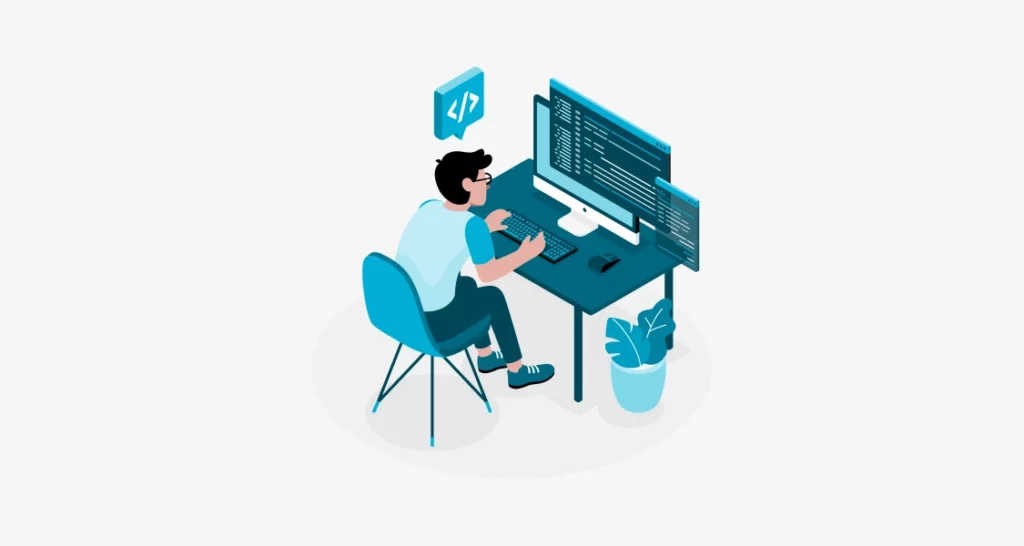
4. Version control
Version control systems help you track the progress of your software coding throughout the SDLC. It maintains the record of every iteration with release details, timestamps, and configurational changes. Version control is crucial for your business because it lets you track whether your releases work successfully across devices, platforms, and operating systems.
So, if a newer version of the software or a feature has issues on a specific platform, you can track the cause of concern and what changes in code are not working properly.
Software development teams can understand the evolution of features by reviewing earlier versions and pinpointing specific flaws. This means if you are preparing a software development best practice checklist, version control becomes a crucial part.
5. Pay attention to style guides
Paying attention to the branding style for your software development is important for the front end and back end. It ensures code consistency, readability, and maintainability for your software development process.
Whatever programming language you use for software development, each has a specific style guide, and while it’s not a compulsion to follow the same guide everywhere, consistency has merits.
For example, if you are following a specific style guide, it becomes easy for onboarding new developers to understand the documentation and quickly start coding.
The software development process can get slow and tedious without a proper style guide. However, you can use a linter tool for static code analysis.
Planning software development?
Ready to elevate your software projects? Partner with us for seamless software solutions.
6. Naming conventions
When it comes to efficient coding as a software development best practice, naming conventions become crucial. It provides a framework for naming variables, functions, classes, and other code elements.
When a codebased does not have consistent naming, it can make the code hard to understand, debug, and maintain for teams. Proper naming convention avoids confusion and makes the function of all code elements clear for developers.
Here are some key naming convention aspects,
- It improves code readability through proper naming conventions which is easy to decipher for developers.
- Evolving codes require consistent naming which allows new developers to quickly accalamitize with the process flow.
- Proper naming also helps avoid bugs which often stems from confusing code names.
- Teams can collaborate better with the right naming conventions making task distribution and tracking easier.
- Large and lont-term projects need naming which is easy to understand over a longer period with increasing code structures.
7. Design before coding
Designing your functions, features and making objectives clear to the team is crucial before you start coding. If not done prior to the coding phase, it can lead to several issues, and you may not be able to achieve the business goal.
Making important decisions like architecture design, database structure, backend frameworks, and API integration flow needs to be finalized before you start coding. If not done before coding, retrofitting can be complex and tedious for software development teams.
8. Don’t push too many features
Have you ever boarded an ovrerloaded plane? Chances of landing safely goes haywire when you have too much baggage onboard and same is with software development process. Yes, if you try to add too many features and launch everything together, chances of errors increases multifold.
The best software development best practice in this scenario is minimum viable product(MVP). This is an approach where you build a shippable version of the software with the minimum features needed for it to function.
This reduces the need to code extensively and launch everything together. Rather you can first release core functions and develop non-essential features gradually releasing with each iteration.
9. Maintain staging and production environments
Maintaining your staging and production environments can help reduce errors, improve user experience and lower your operational costs. Staging environments allows testing the code, builds and updates in a production-like environment before you deploy the software.
This improves the user experience by ensuring every function works well and is highly responsive. It also allows you to detect the errors early and reduce operational costs preventing costly downtime and maintenance.
Staging environments mirror the production environment and help in understanding how software behaves in specific scenarios. Using this software development best practice you can ensure high quality product delivery that is resilient and performs better in every scenario.
10. Carry out code reviews
Code reviews are like product checks that ensure your software is ready to cope with user requests and function as per need. In other words, it’s like taking a ride of the car after being manufactured, ensuring the engine offers the performance required.

And it is also similar to on-ground engine checks that engineers do before a plane takes off. Reviewing the code is crucial because you don’t want a software in the market that does nothing!
But is that all?
No! Code reviews do more than just check your software does what it is meant to do.
- It helps teams create documentations to improve collaborations and improve knowledge sharing
- Enables developers to maintain coding standards adhering to industry standards
- Ensures robust software delivery and user experience
11. Use The Right Framework
Frameworks are your structured guide ways that help streamline processes, coding flow, and offer consistent style guides. Further, it provides pre-built components and functionalities which enables you to build web apps rapidly.
Integrating frameworks into your software development plan is key to streamline workflows, ensure quicker time-to-market and quality. So, how to choose the right framework for software development?
Here are key pointers to have in your software development best practices checklist while choosing a framework,
- Select the framework that aligns with the programming language your team knows of.
- Compare framework options based on scalability needs, features, project scope, and size.
- Ensure you choose a secure framework that helps protect sensitive information through higher security features.
- Look for a framework with a massive community that helps you resolve key issues with the software.
12. Keep Documenting Your Progress
Documenting your progress is not just crucial for new developers coming on board but also for refactoring features as and when needed. Imagine you have issues with specific features not working on specific versions.
Identifying the changes implemented and tracking deployments back in time can be difficult without documentation.
13. Use a Virtual Machine for Sandboxing
Using a virtual machine to leverage sandboxing is one of the secure software development best practices that you can use to isolate environments. This isolation allows you to test software and find the root cause behind anomalies or specific changes in the software behavior.
You can run code in a virtual machine and identify potential issues with software security. It also helps you to find vulnerabilities and threats within the sandboxed environment which are otherwise complex to look for while connected with servers.
Further, it allows developers to emulate specific scenarios and operating system environments to understand how software behaves. By sandboxing you can ensure effective testing without disrupting the operational flow.
Want to Automate Your Business Process With a Software Solution?
Zennaxx, a leading software development firm in Canada, has delivered 700+ bespoke solutions spanning various industries.
Following software development best practices
In the end, it’s all about execution! How well you plan your software development does not make that huge a difference if your execution is flawed. This is where software development best practices like designing for code, choosing the right framework, optimizing the staging environments, reviewing code, and sandboxing can help.
Creating a cohesive software development strategy, including best practices that best suit your project, can yield results in sync with your organizational goals. This is where you need a strategic software development company like Zennaxx that,
- Analyzes your requirements
- Understands the business goals
- Designs your software development plan
- Leverages software development best practices
And delivers exactly what your business needs! Get your estimate and start your software excellence journey.
Frequently Asked Questions (FAQs)
- WHAT ARE THE 5 SOFTWARE DEVELOPMENT PHASES?
- Typically five software development phases in an SDLC are, requirements gathering, software design, development, testing, and maintenance.
- WHICH SDLC MODEL IS BEST?
- The SDLC model, which is most popular and considered efficient for organizations, is Agile. It follows the approach of incremental iterations, early delivery, and continuous improvement over the conventional waterfall method.
- WHAT ARE THE LEVELS OF A SOFTWARE DEVELOPER?
- Three levels of software development based on experience are junior, mid-level, and senior. Junior developers have 1-3 years of experience, mid-level developers have 3-8 years of experience, and seniors have more than 8 years of experience developing software.
- WHICH FIELD IS BEST FOR SOFTWARE DEVELOPERS?
- Software developers can explore different fields for better growth opportunities. However, in recent times, times web app development has piqued interest, and with integrations of innovations like generative AI, web app development has become more attractive for software developers.
- WHICH SOFTWARE SKILL IS MOST IN DEMAND?
- Full stack software development is one of the most demanded skills in the market right now. As full-stack developers are capable of working on both front-end and back-end, it is a far more efficient way for businesses to develop software.

